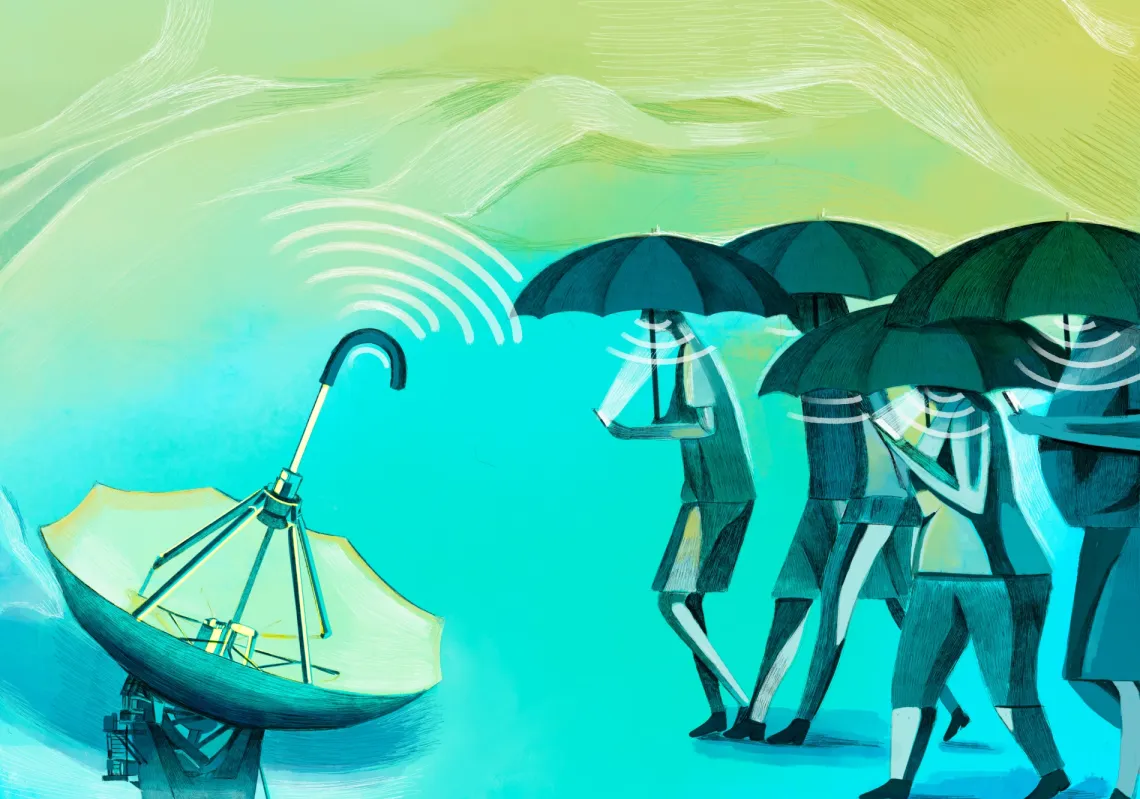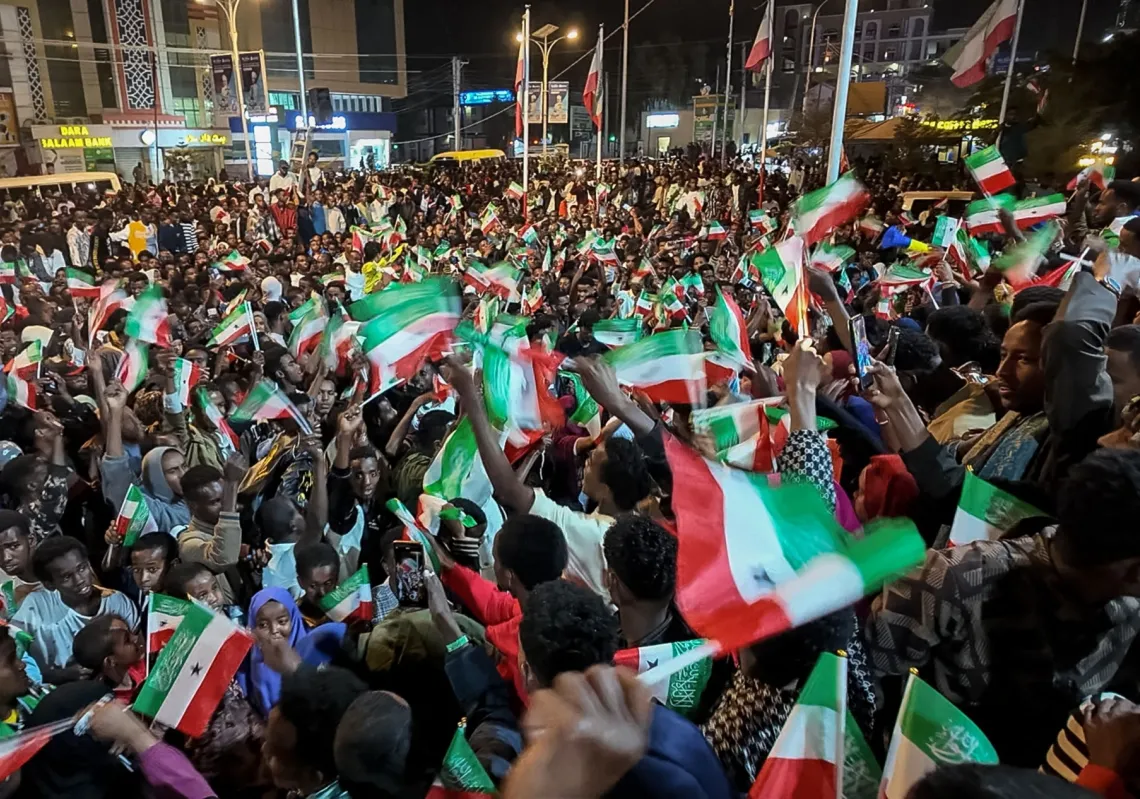“I took my daughters to the Strawberry Farm in Taif, West of Saudi Arabia. The farm guard gave them a small basket to pick the ripe strawberries. Not only did my daughters enjoy the experience but they loved the rural life,” Khalid, a father of two daughters, told Majalla, as he described how to find pure joy in the countryside, leaving the noise and heavy traffic behind and looking for original experiences.
Khalid is one of those domestic tourists who promotes rural tourism and looks for new ways to discover the different aspects of the Saudi countryside. From the mountains of Taif, Saudi Arabia’s summer capital, which is famous for its captivating landscape as well as its pomegranate and grape crops, to the mountainous governorate of Jazan, an agricultural area on the southwest corner of the Kingdom recognized for its verdant coffee, mangos and orange trees, to the water-rich Al Qassim Region, which is located at the heart of the Kingdom and described as Saudi Arabia's food basket. Moving to the north, Al Jouf Region is well-known for the biggest olive tree farms in the Arabia Peninsula. Al Ahsa, the largest governorate in the Eastern Province, is the largest date-palm oasis in the world with more than three million trees.
But what is rural tourism and why are more Saudis and expats turning to the countryside havens? Let's explore Saudi rural tourism and how technology is helping tourists plan their trips to the Saudi countryside.

AWAY FROM CITIES
Yasser, 33, is a lover of both trekking and camping. Every month, he picks a destination to practice his favorite hobbies. Al Shafa, a mountainous village situated in the Al Sarawt mountain range and 20 km away from the city of Taif, was Yasser’s choice last July.
“I have a small tent that can accommodate my wife and me. We went trekking from sunrise with our guide, and we finished half an hour before the sunset. We were in the company of a small group of trekkers with whom we became best friends," said Yasser.
"Before the outbreak of Covid-19, I used to go trekking in Nepal, India and Sri Lanka. After imposing travel restrictions, I started to look for places where I can satisfy my passion locally. Thank God, the Kingdom has many great places for trekking in Taif and Abha, where the terrain is mountainous. Previously, I didn't know the Saudi countryside is this beautiful and rich," he added.
Rural tourism is defined as the tourism that takes place in the countryside. It includes agritourism and cultural events that celebrate the history of rural communities, together with sports activities that are held in agricultural and urban areas.
RURAL TOURISM and TECHNOLOY
A few weeks ago, street ads appeared in the main Saudi cities with teasers that read "DO NOT GO TO TAIF, DO NOT GO TO ABHA, DO NOT GO TO JAZAN, etc." After a few days, the revealer was uncovered with banners that read: "DO NOT JUST GO TO JAZAN, GO THERE and LIVE LIKE THE PEOPLE OF JAZAN." The whole campaign was dedicated to promote an accommodation app that is specialized in renting farms, motels and camps in rural areas, suburbs, and chalets.
"One of the goals of the campaign is to boost rural tourism by giving local tourists a variety of accommodation options in the countryside," said Hisham Abdo, one of the creative team that worked on the ad.
"We encourage landlords to list their properties that are available for rental, and guide them to raise the hospitality standards in their farms, camps or farms, and take rural tourism to a higher level," he explained.

According to recent statistics, 99% of the population in the Kingdom has access to the Internet, meaning that people in the countryside can actively use the Internet. It is worth mentioning that even international accommodation apps feature motels and residential units in the Saudi countryside, making it easier for tourists to explore new areas without having to worry about accommodations or F&B. The government has spent a billion dollars to support the infrastructure of the Saudi countryside in the last two decades, making it a better place for inhabitants and tourists.
ECONOMIC HORIZONS
The Kingdom Vision 2030, a Saudi ambitious strategic framework designed to reduce dependence on oil, promote sustainable development, diversify the national economy, and upgrade the standard of living, has a special program for rural areas' sustainable development. The program helps farmers technically and financially to improve the overall infrastructure as well as to create jobs and boost agriculture, especially cash crops such as coffee. Rural tourism has been found to increase business, income and employment in rural areas. It has many potential benefits including repopulation, social improvement, and the promotion of local crafts.
Each region in the Kingdom has its own local culture and arts. Rural tourism can help introduce people to a diversity of architectural designs, calligraphy styles, and other aspects of the traditional Saudi cultures that are hard to find in cities where modernity prevails.
Read more:












